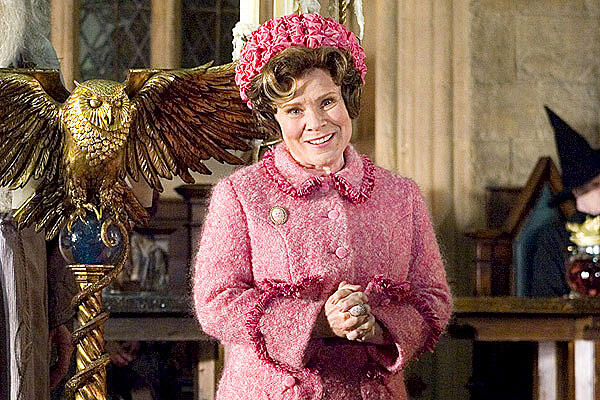
Lesson #5: Outlining, Part II — Shaping a Character’s Personality

Character origins dictate some aspects of a character’s personality, but many elements are ingrained at birth. This lesson is about taking the time to fully develop a well-rounded character personality.
Personality dictates a character’s relationship with readers, as well as with other characters in the story. Your protagonist doesn’t have to be a goody-two-shoes — they just need a trait or two that endears them to the audience. Likewise, villains need traits that make the audience hate them. These personality traits will also dictate how they react in any plot situation. Stay true to those traits, or you’ll leave readers puzzled.
Developing a Personality
Remember those backstory questions from yesterday? Here are a few more to help you mold your characters’ personalities:
- What are their biggest fears?
- What are their interests, hobbies, and passions?
- What things and people do they like best? Dislike?
- What makes them angry?
- What makes them sad?
- What makes them happy?
- How do they cope under stress?
- Do they act differently around friends than around family?
- Are they introverts or extroverts?
- What do they want most? (In family, in friends, in a lover, in their career, in life in general.)
That last question is one of the most important. Understanding what your characters want out of life can create conflicts (for example, the character stepping on toes to reach a goal), dictate and explain actions, and determine how they interact with the other characters.
People are bundles of contradictions
It’s important to select a complex, varied array of traits. People are complicated. If you want your characters to be realistic, avoid heroes who never cause harm, break no rules, and always have the right answer. Avoid villains who are always angry and aggressive, always make the wrong decisions, and always lose.
That doesn’t mean your heroes and villains can’t have a few stereotypical traits, not by any means. Those traits are common for a reason. Just don’t make those their only traits, or you’ll end up with a caricature.
Perhaps your villain is a sullen, merciless hitman who never speaks a kind word… except to his disabled daughter, whom he adores.

Of course, not all great villains have redeeming qualities like that. Umbridge from Harry Potter has none, but she still is a complex villain. Her passion for pink and cats and her habit of giggling contrast heavily with her violent, manipulative tendencies.
Maybe your hero is extremely loyal… to a fault, trusting too much and giving the wrong people too many second chances. Perhaps it’s a weakness for one person in particular — like the great Sherlock Holmes has for Irene Adler, one of only two people to have outsmarted the renowned sleuth.
Draw from people you know, from yourself, and characters you love to create complex figures. As their personalities come through in their words and actions, your story will begin to resonate with readers.
Hannah
Recommended Resources
- 8 Character Development Exercises to Help You Nail Your Character (blog)
- 150+ Useful Character Quirks (Plus a Few Clichés to Avoid) (blog)
Brought to you by Hannah Sandoval
Hannah Sandoval is a freelance ghostwriter and copy editor who has worked on over two dozen manuscripts, and a published author herself. Her guilty pleasures are Rocky Road ice cream and crime TV shows. If you would like to connect with her to discuss assistance with your manuscript or character outlines, check out her Reedsy profile.

|
|||
|
Top publishing professionals can help make your writing dreams a reality. Sign up to meet them. |

|
Copyright © 2025 Reedsy, All rights reserved.